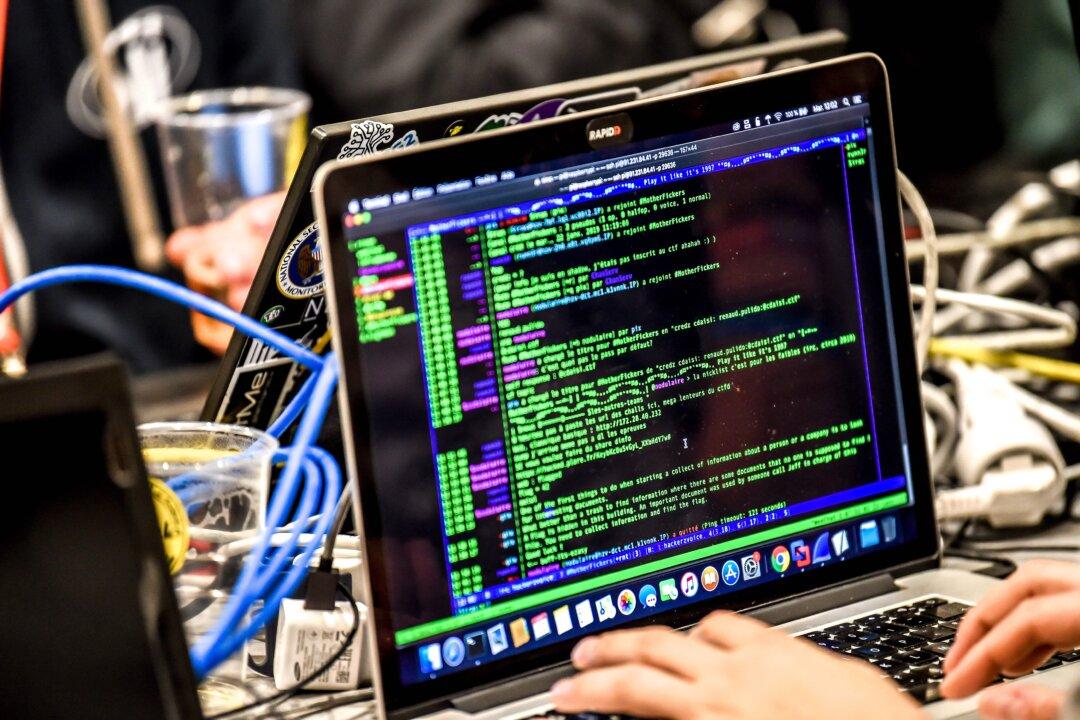A top cybersecurity expert at the Department of Homeland Security (DHS) said the threat of election interference in the upcoming November election is substantially lower than in 2016, according to reports.
Christopher Krebs, the director of the Cybersecurity and Infrastructure Security Agency at DHS, told CBS in an interview: “From a cybersecurity threat landscape, [it’s a] significantly different threat landscape than 2016. Much, much lower, particularly when you talk about nation-state adversaries.”





